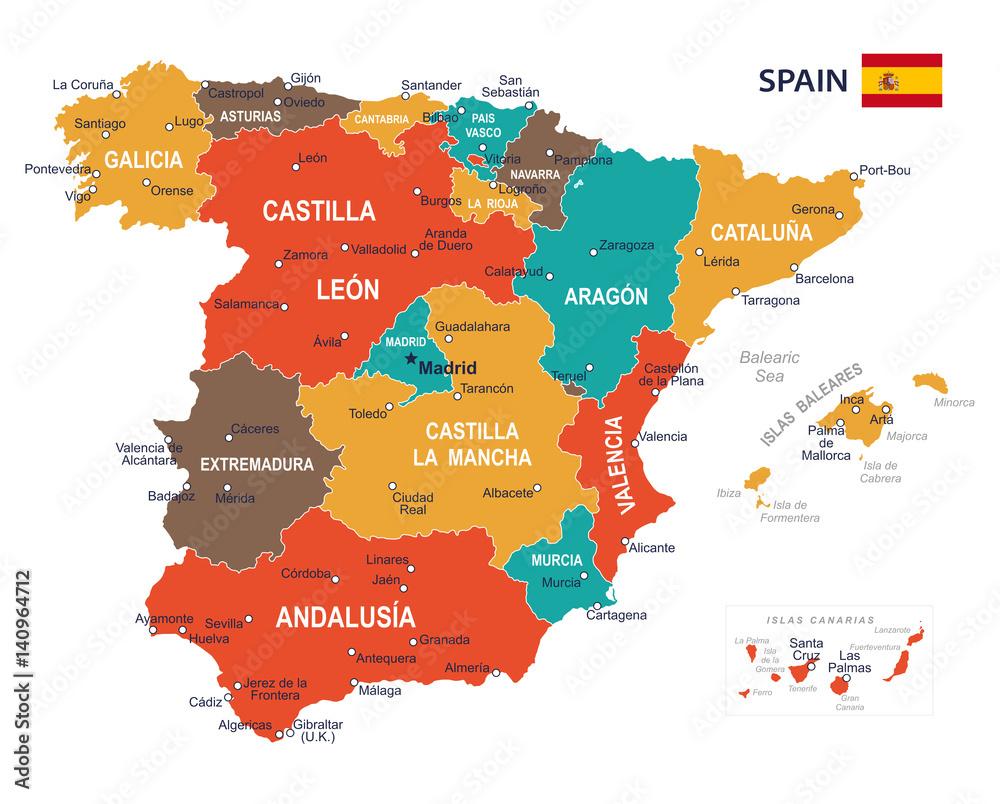The Decline of Iberian Influence: A Historical Perspective
In the landscape of historical transformation and cultural shifts, few occurrences have been as significant as the abrupt transition of Spain and Portugal from thriving hubs of exploration to relative marginalization on the global stage. The latest episode from The Guardian’s podcast takes a comprehensive look at this intriguing phenomenon, investigating the various elements that contributed to the metaphorical “shadows” that now cloak these once-prominent Iberian nations. Through insightful interviews with experts and engaging storytelling, this podcast invites listeners to reassess Spain and Portugal’s legacy within global history by examining the economic, political, and social factors that fueled their decline. As we embark on this auditory exploration, our goal is not only to uncover the reasons behind this historical shift but also to reflect on its lasting effects in today’s society.
Historical Roots of Energy Challenges in Spain and Portugal
The energy challenges currently faced by Spain and Portugal are deeply embedded in a complex interplay of historical events, political decisions, and economic realities. In recent decades, both countries have shifted from government-controlled energy systems towards more liberalized markets while grappling with issues such as deregulation and renewable energy integration. This evolution has been significantly shaped by European Union policies aimed at curbing carbon emissions while enhancing efficiency. However, these policies were often implemented hastily without adequate consideration for local contexts or existing infrastructure—resulting in vulnerabilities regarding energy security.
Several critical factors play a vital role in understanding these challenges:
- Reliance on Fossil Fuels: Despite initiatives promoting renewable sources, both nations remain heavily dependent on imported fossil fuels which exposes them to fluctuations in international markets.
- Aging Infrastructure: Outdated energy systems have struggled to keep pace with rapid market changes leading to inefficiencies and frequent outages.
- Pervasive Political Uncertainty: Frequent changes in government policy create an unpredictable environment for long-term planning within the energy sector.
An examination of recent trends in energy consumption reveals patterns that have intensified these crises:
| Year | Total Energy Consumption (TWh) | % Share from Renewable Sources | ||||||||||||||||
|---|---|---|---|---|---|---|---|---|---|---|---|---|---|---|---|---|---|---|
| 2019 | 278 | 34% | ||||||||||||||||
| 2020 | 265 | 40% | ||||||||||||||||
| 2021 | 290 | 42% td> tr >
<< tr >< td > 2022 td >< td > 275 td >< td > 35% td > tr > The data illustrates that despite efforts made toward increasing renewable contributions within their overall consumption mix, variations in total usage alongside grid reliability issues have exacerbated current crises. This precarious balance between striving for sustainability while addressing real-world demands has led both countries into unprecedented difficulties marked by significant shortfalls—symbolically described as ‘going dark.’ Economic Consequences of Power Outages on Local CommunitiesThe recent power outages affecting Spain and Portugal have ignited extensive discussions regarding their economic consequences for local communities. Power disruptions not only interrupt daily routines but also hinder essential economic activities crucial for sustaining livelihoods across various sectors.
|
